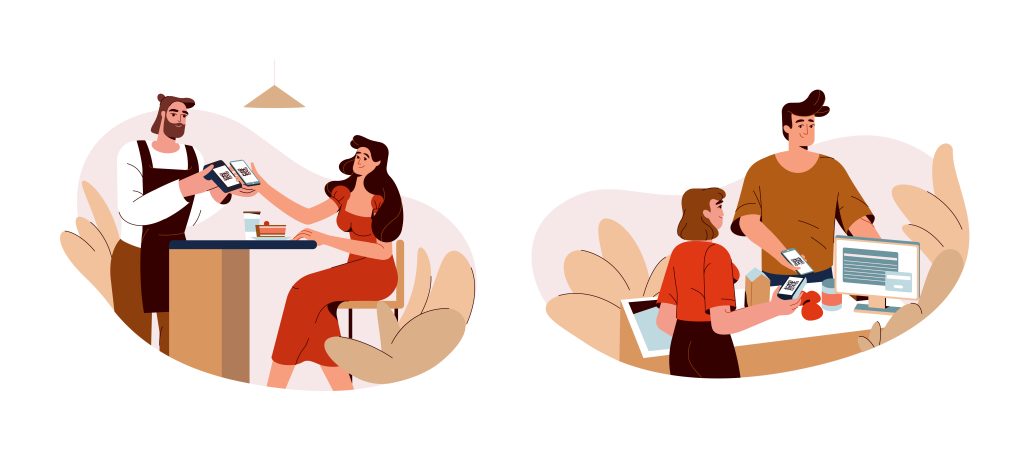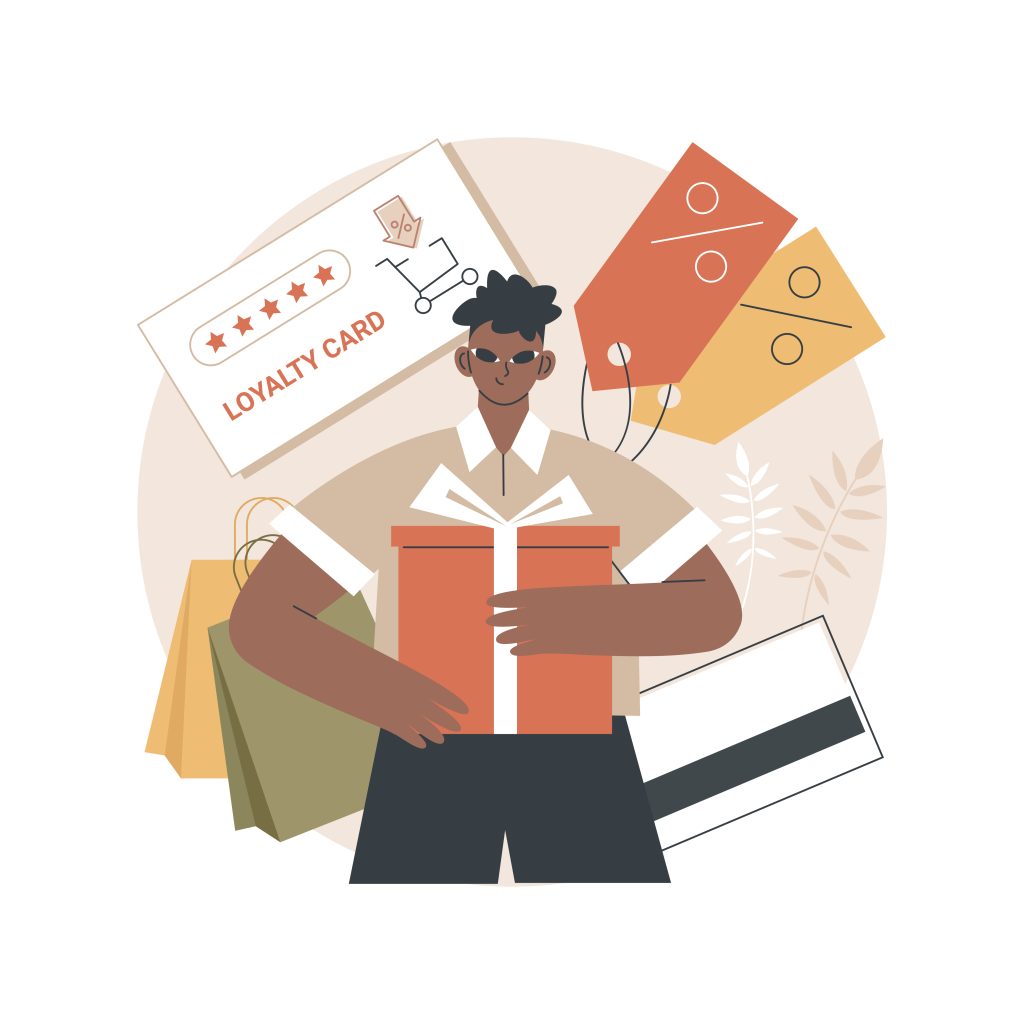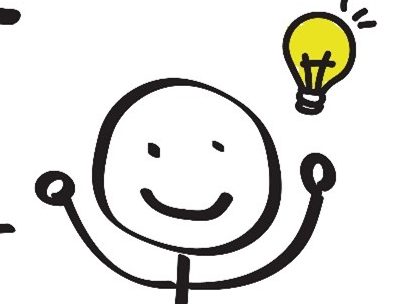
My first job was as a cashier at Office Max in my hometown while I was in college doing my bachelor’s degree. I worked there for 3 years where I experienced all the departments around the whole store. I remember that for a specific time, we were focused on making customers enroll in the reward program that Office Max offers. Of course, I created one for myself since I can use it and gain points based on my purchases in the store. After I got it, I didn’t use it that much since I’ll only buy from Office Max once a year for back to school. Usually for back-to-school, everything will be at a low price, and you will not get enough dollars to generate a significant number of points for you to use. After my experience, I started thinking about how these points work since a lot of the customers that I’ll meet at the front end will always say something like “I buy here a lot and I never have reward points to use in any purchase I do”. I can assure you that most of the feedback I received from customers was related to the reward program.
When I started to get deeper into Marketing, I started reading books that talk about growth marketing, consumer behavior and psychology, and a book on how to be successful in whatever you want to be in life. These two books, Growth Hacker Marketing by Ryan Holiday and Contagious, Why Things Catch On by Jonah Berger mention examples of how to create a niche, gather feedback, and generate a list of customers for remarketing using a reward system as one of the examples. It is curious that in this book they only talk about how this is good for a company and how we should approach it, but they never mentioned anything about how this can backfire. I understand the books talk from a marketer’s point of view and not from a customer’s perspective. I also believe that if you are a marketer you need to have the customer’s point of view every time you are working on any strategy or approach. I like to look for the cat’s fifth leg, so I kept studying on my own until I found something related to the reward system or any loyalty program that companies offer could backfire.
The article is called Why Customer Loyalty Programs Can Backfire and it is based on some studies made during and after the pandemic since online sales increased drastically. A professor from Wharton School and customer experience consultancy Verde Group conducted research that reveals a downside of these rewards or loyalty programs. They say that these types of customers who are enrolled in these programs get more upset if there’s a service or any other type of failure than customers who are not enrolled in these programs. I understand why that can happen and I also understand why failures can happen. When you are a loyal customer or you are enrolled in this type of program, you expect some type of exclusivity. At least that’s what I expected. A lot of companies don’t think about this, they think about giving you something that can be consumable back so you can feel they are giving you discounts or money. The truth is that customers don’t only expect that type of return, they probably expect a better service, any innovation, or anything that will make everything quick, comfortable, and efficient.
The articles mentioned some of the problems these customers encounter, they also mentioned how they did this research, and three steps to mitigate this boomerang effect. The three steps are to understand which problems are the most damaging, deliver the benefits that can protect against defections, and integrate loyalty programs with overall strategy and processes. In this case, you can find more about that in the article, I would like to focus on how you can create a better loyalty program when you are in the process of creating one.

When companies create a loyalty program, they should understand the customer’s behavior and what are the basic things they should not miss. Constantly, a lot of companies are focusing on bringing new people to buy their products. I’m a true believer that we should focus more on the customers they already have. Some of them don’t focus on this and they start losing clients. It is harder to get new clients than to maintain those you already have. Because of this when you are creating this new loyalty program, you must think like them and the best way to do it is by trying to think like them based on any data recompiled like feedback, customer’s journey, and others. The buyer personacan help you with this. If a buyer persona is created, you can go back and revisit the exercise and start building this rewards or loyalty program based on that. A lot of the things that you need to include in this program are a little bit obvious like, any discount on shipping (like Amazon), avoiding basic problems like, product not arriving at the correct house, answering emails of any issue from a client, and any customer service-oriented situation. After identifying what are those basic things to improve, the company or product can move forward and go back to the buyer persona and create a loyalty program based on their behavior and possible problems. For example, a single mother, with two kids in middle school. She has a full-time job and likes doing activities for herself but it’s hard since work and kids consume most of the time. What are the possible problems this person encounters? This mother probably doesn’t have enough time to waste, so now you know that whatever you create needs to be time-efficient. We must think, assume, and infer how this mother will behave to direct our program to an innovative one when you compare it with your competitors.
As I gave the example of my previous experience in Office Max, one of the many recommendations I’ll give them is to explain clearly to the customers enrolled in the reward program how exactly it works. This recommendation is based on the client’s feedback, so it should lead to some improvement.







Leave a Reply